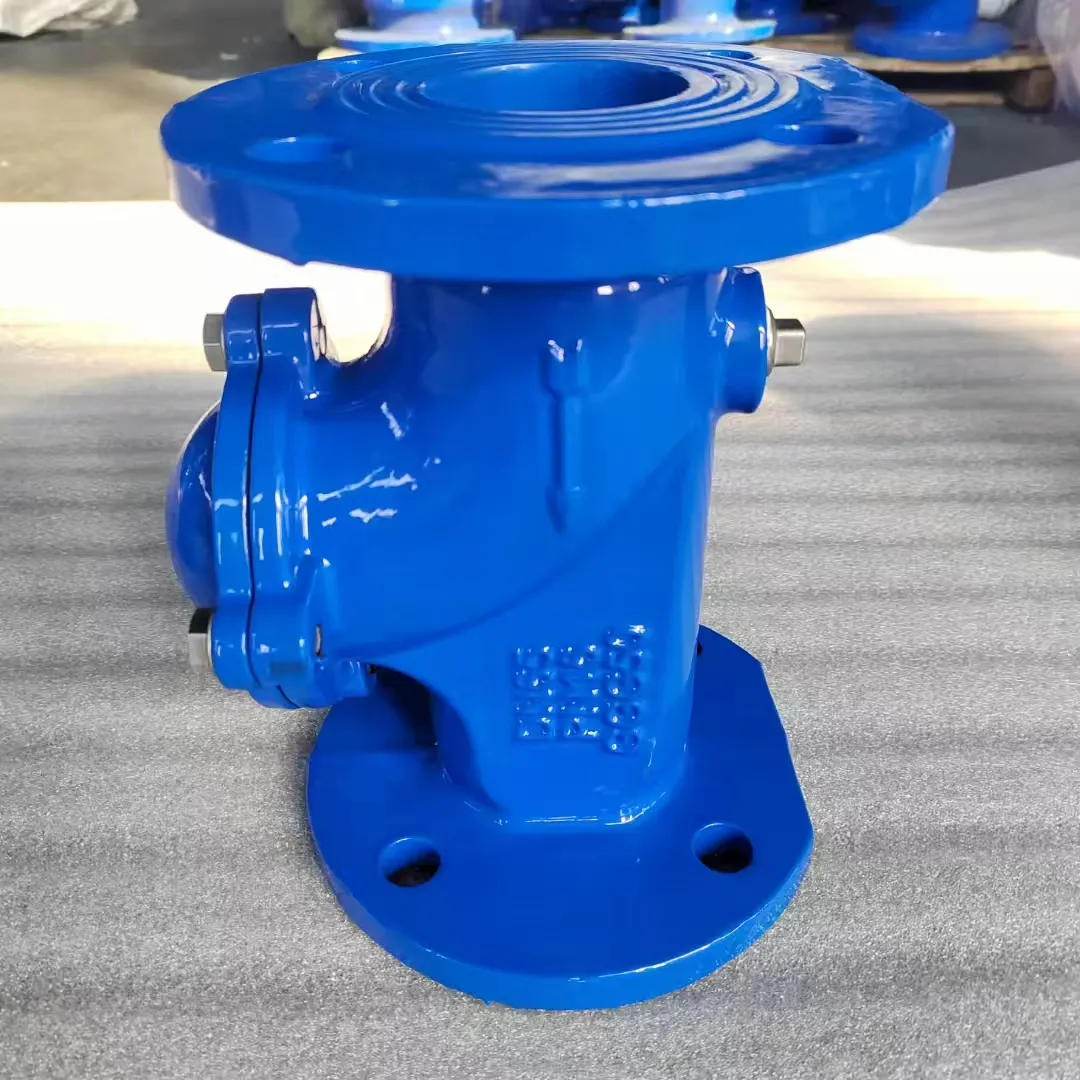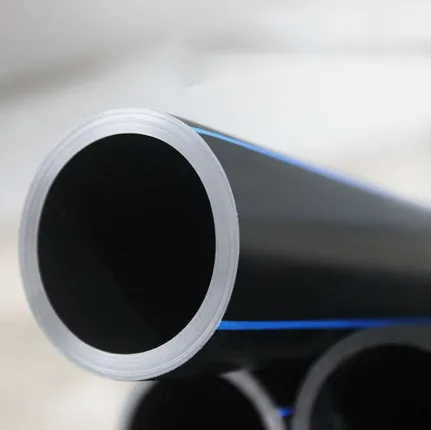Jul . 07, 2025 05:29 Back to list
High-Quality UPVC Drain Pipes Durable HDPE & Drain Pipe Solutions
- Introduction: Understanding UPVC Drain Pipes and Related Solutions
- Market Growth and Impactful Data in the Drain Pipe Industry
- Technical Advantages: UPVC vs. HDPE Drain Pipes
- Key Manufacturer Comparison: Global Standards and Quality
- Customization Options for Project-Specific Drain Pipe Needs
- Real-World Application Case Studies and Success Stories
- Conclusion: Why UPVC Drain Pipes Remain a Premier Choice

(upvc drain pipes)
Introduction: Understanding UPVC Drain Pipes and Related Solutions
In contemporary infrastructure and building engineering, upvc drain pipes
have revolutionized wastewater management and stormwater systems. Alongside HDPE drain pipes and other drain pipes variants, these products are fundamental for effective, durable water disposal in residential, commercial, and industrial projects. The evolution of piping materials over recent decades has been driven by the need for cost efficiency, longevity, and environmental considerations. In this context, it is vital to explore the primary offerings on the market and assess how upvc drain pipes and their alternatives compare in terms of usability, performance, and return on investment.
Market Growth and Impactful Data in the Drain Pipe Industry
The global drain pipe market has demonstrated robust growth, underscored by technological advancements and expanding construction activity. According to a 2023 industry survey, the worldwide plastic pipe industry—including UPVC and HDPE applications—was valued at approximately $69 billion in 2022, with an estimated compound annual growth rate (CAGR) of 5.2% through 2030.
Within this sector, upvc drain pipes represent nearly 40% of the total demand, thanks to their blend of chemical resistance and cost-effectiveness. HDPE drain pipes, meanwhile, account for another significant share due to their flexibility and impact resistance. Key trends influencing these figures include stricter regulatory standards for water management, increased urbanization in developing countries, and a growing emphasis on eco-friendly material certification. Such data highlights the importance of selecting the right piping solution for your specific infrastructure project.
Technical Advantages: UPVC vs. HDPE Drain Pipes
For engineers and developers, technical performance is paramount. UPVC drain pipes are acclaimed for their smooth internal surfaces which minimize friction loss and prevent clogging. They offer excellent resistance to a wide range of chemicals, making them suitable for transporting graywater, rainwater, and industrial effluents. Additionally, UPVC piping maintains dimensional stability over time and is virtually immune to corrosion.
In contrast, HDPE drain pipes exhibit outstanding impact resistance and maintain their flexibility even at sub-zero temperatures. However, they can deform under sustained loading or thermal expansion, necessitating careful installation. Both UPVC and HDPE outperform traditional metal or concrete pipes in lifecycle cost, but project-specific demands often dictate which material is preferred.
Comparative Data Table: UPVC vs. HDPE Drain Pipes
| Criteria | UPVC Drain Pipes | HDPE Drain Pipes |
|---|---|---|
| Chemical Resistance | Excellent | Very Good |
| Lifespan (years) | 50+ | 50+ |
| Installation Complexity | Low | Moderate |
| Thermal Stability | Up to 60°C | Up to 80°C |
| Recyclability | Good | Excellent |
| Cost per meter (avg.) | $1.20 | $1.45 |
Key Manufacturer Comparison: Global Standards and Quality
Selecting the right manufacturer directly affects the quality and durability of your piping system. Global leaders in the drain pipe segment include companies such as Aliaxis, JM Eagle, and Wavin. These producers adhere to strict international standards like ASTM D1785 or ISO 4422 for UPVC and ISO 4427 for HDPE pipes.
For instance, Wavin’s UltraRib UPVC pipe system boasts unique ribbed structural integrity and low maintenance, while JM Eagle’s HDPE pipes provide superior permeability and leak-proof fusion joints for large-scale municipal installations. Aliaxis, known for its comprehensive range of both UPVC and HDPE solutions, enables clients to source the optimal product for diverse drainage conditions.
Manufacturer selection should factor in certifications, capacity for bulk orders, after-sales support, and compatibility with local compliance regulations. Technical datasheets, third-party quality audits, and warranty offerings remain crucial indicators of a reliable supplier.
Customization Options for Project-Specific Drain Pipe Needs
Diverse project requirements often necessitate custom specifications. Modern manufacturing processes enable the production of UPVC and HDPE drain pipes in a spectrum of diameters, wall thicknesses, and jointing systems, ensuring compatibility with complex site conditions.
UPVC pipes can be tailored with solvent weld or rubber ring joints, depending on maintenance and installation preferences. Lengths are customizable, with standard offerings ranging from 3 to 6 meters, though continuous extrusion methods allow even longer runs for certain HDPE systems.
Additionally, both materials support a range of accessories—including inspection chambers, bends, access fittings, and venting arrangements—streamlining integration with existing drainage infrastructure. For projects with high static or dynamic loads, reinforced or double-walled variants offer further resilience. Collaborating with a responsive manufacturer helps optimize cost and installation efficiency without compromising long-term performance.
Real-World Application Case Studies and Success Stories
The practical value of selecting the right drain pipe material is best demonstrated through real-world applications.
Case Study 1: Urban Stormwater Management in Singapore
In 2021, a leading contractor implemented 35,000 meters of 450mm OD UPVC drain pipes to overhaul a major city's stormwater and wastewater network. The result: annual maintenance costs fell by more than 30%, while unplanned downtime due to blockages dropped by 85%.
Case Study 2: Agro-Industrial Waste Disposal in South America
A food processing facility in Brazil replaced corroded steel pipes with HDPE drain pipes for effluent transport. After the switch, plant managers reported pipe system-related complaints decreased by 75%, and energy costs for pumping fell 12% due to reduced friction losses.
Case Study 3: Residential Housing Expansion in the Middle East
In Dubai, a major residential development shifted from concrete to UPVC drainage systems for thousands of new units. This transition shortened construction timelines by up to 27% and delivered a measurable improvement in indoor air and water quality standards.
Conclusion: Why UPVC Drain Pipes Remain a Premier Choice
Weighing the cumulative benefits, upvc drain pipes stand out as a leading solution for modern water and waste management across a broad range of sectors. Data shows their significant market share, and comparative technical analyses reaffirm their value, particularly when chemical resistance, installation speed, and low long-term costs are high priorities. The adaptability and performance consistency offered by UPVC continue to raise the bar for drain pipes worldwide, ensuring that infrastructure upgrades remain future-proof. As industry innovation accelerates, the synergy between high-quality material, reliable manufacturer partnerships, and customized engineering will solidify the strategic importance of choosing the right drain pipe solution.

(upvc drain pipes)
FAQS on upvc drain pipes
Q: What are UPVC drain pipes?
A: UPVC drain pipes are made from unplasticized polyvinyl chloride, a durable and corrosion-resistant material. They’re widely used in residential and commercial drainage systems. UPVC pipes are lightweight, easy to install, and low maintenance.Q: How do UPVC drain pipes differ from HDPE drain pipes?
A: UPVC drain pipes are rigid, while HDPE drain pipes are more flexible and have higher impact resistance. HDPE pipes usually handle higher pressure and temperature variances better than UPVC. Both materials are excellent for drainage, but your choice depends on specific application needs.Q: Are UPVC drain pipes suitable for underground drainage?
A: Yes, UPVC drain pipes are commonly used for underground drainage systems. They resist corrosion and chemicals found in soil and effluent. Their smooth inner surface minimizes blockages and ensures efficient drainage.Q: What are the main benefits of using UPVC drain pipes?
A: UPVC drain pipes offer strong resistance to corrosion, lightweight handling, and easy installation. They are also cost-effective compared to metal alternatives. Additionally, UPVC pipes have a long life span with minimal maintenance requirements.Q: Can UPVC and HDPE drain pipes be connected together?
A: Yes, UPVC and HDPE drain pipes can be connected using specialized fittings such as transition couplings. Make sure to use compatible connectors to ensure a watertight and durable joint. Always follow the manufacturer’s recommendations for installation.-
DN100 PVC Pipes for Well Casings - Durable & Corrosion-Resistant
NewsAug.22,2025
-
HORON 25mm PPR Plumbing Pipes: Durable, Reliable & Leak-Proof
NewsAug.21,2025
-
32mm HDPE Pipes in Coil: Flexible & Durable Water Supply
NewsAug.19,2025
-
Flexible 32mm HDPE Pipes in Coil - Durable & Easy Install
NewsAug.18,2025
-
HDPE Sprinkler Pipe Manufacturers - Quality & Durable Solutions
NewsAug.17,2025
-
Durable DN100 PVC Well Casing Pipes for Reliable Water Supply
NewsAug.16,2025

